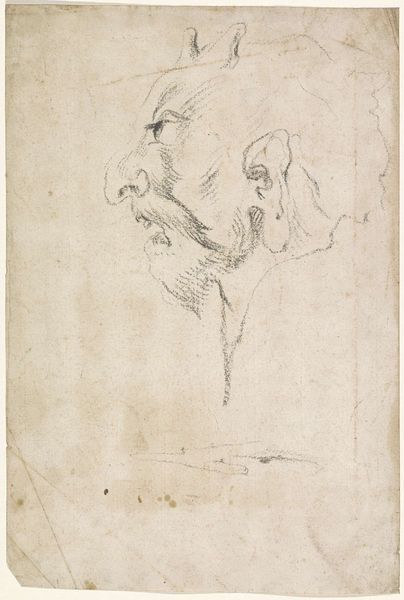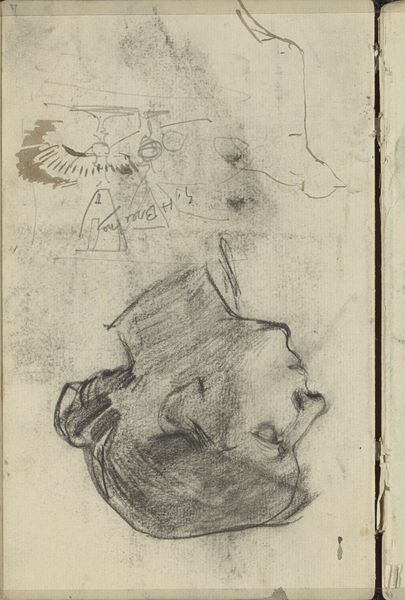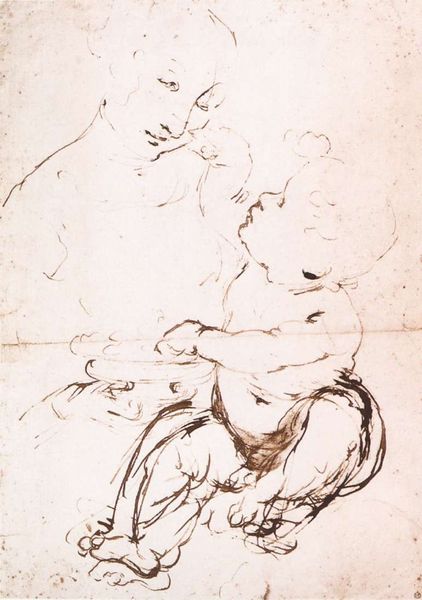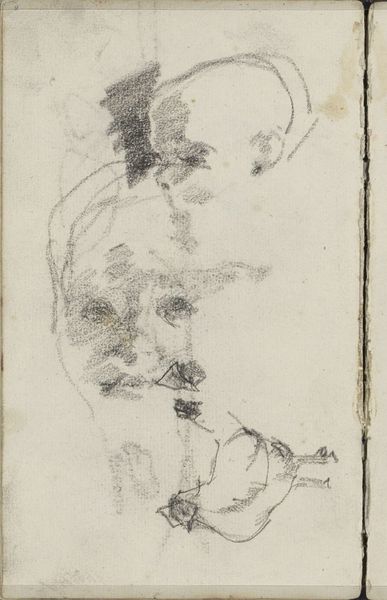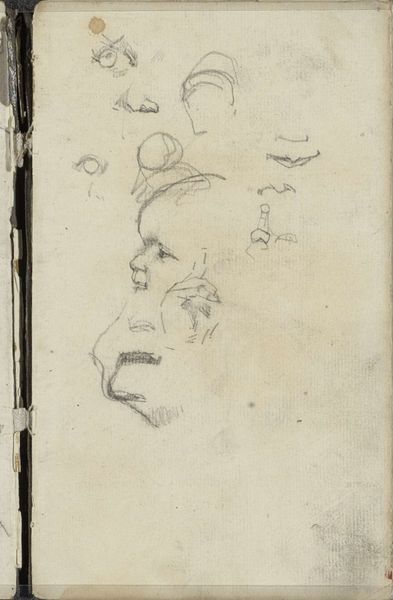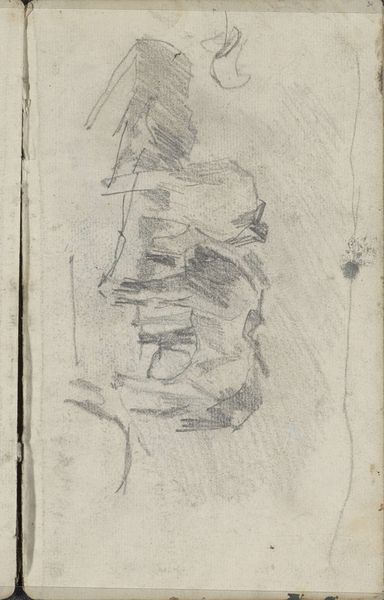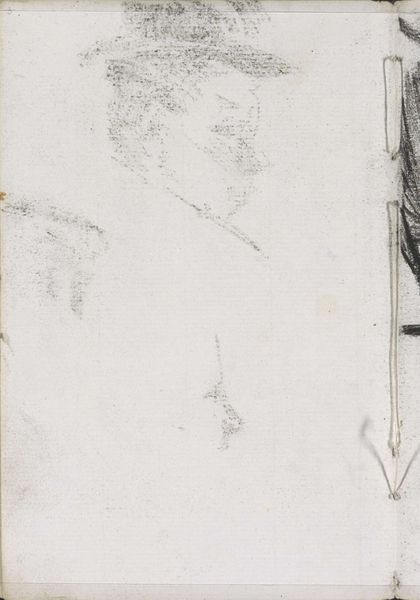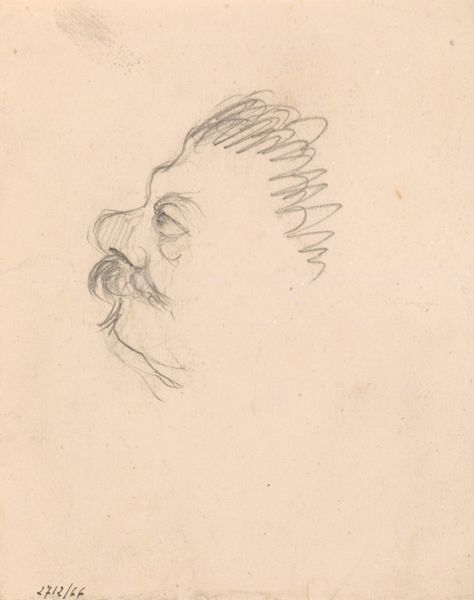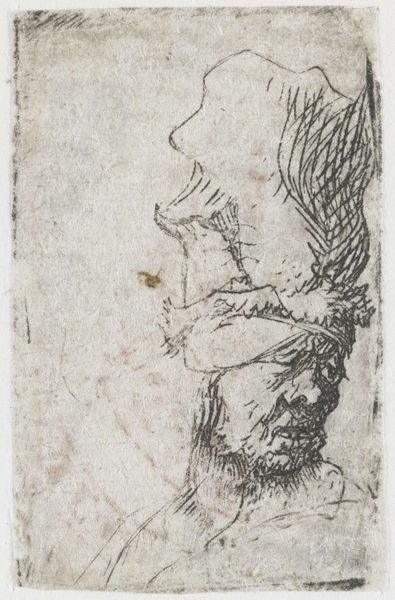
drawing, ink
#
portrait
#
drawing
#
baroque
#
ink
#
history-painting
Copyright: Public Domain: Artvee
Curator: Here we have Giovanni Battista Tiepolo’s "Head of a Magician," a drawing created around 1760 using ink. Editor: Immediately, I'm struck by the use of light and shadow—it's quite dramatic. The wash creates depth with such simple means, very effectively implying an almost theatrical gravitas, would you agree? Curator: I do. Consider, though, that the production of this image would have been quite different from Tiepolo’s grand frescoes. This likely would have been made in his studio, with careful control over materials and with, perhaps, workshop assistance, enabling the development of preliminary studies or models for larger commissions. Editor: Yes, there is something potent about this focus. His headwear, though indistinct, hints at ritualistic or perhaps heretical affiliation. It pushes buttons relating to historical fears surrounding masculine authority and hidden knowledge within 18th century Italy. Curator: Note how he captured texture. The rapid, fluid strokes really highlight his virtuosity with the brush. I imagine that choice of ink facilitated efficiency but, furthermore, made for practical transfer to the engraver. Editor: Absolutely, the material choices underscore the purpose: circulation. I agree; it's a smart way of expanding upon narratives surrounding authority—of rendering, dare I say, a potential patriarch as suspect. How might this magician’s image have affected contemporary ideas on knowledge? Curator: Well, consider the rising merchant class’ demand for secular history painting: images circulated easily through prints allowed Tiepolo and other artists to cater to their patrons' desire for validation via pictorial narratives, thus cementing their material power and position. Editor: Ultimately, this single image provokes conversations about class anxieties and male figures cloaked in dubious regalia, a timely intersection if ever I saw one! Curator: Precisely, looking at the means and mode of its making unveils the image’s historical conditions and provides a window into both the artist's intentions and the marketplace they sought to serve.
Comments
No comments
Be the first to comment and join the conversation on the ultimate creative platform.

